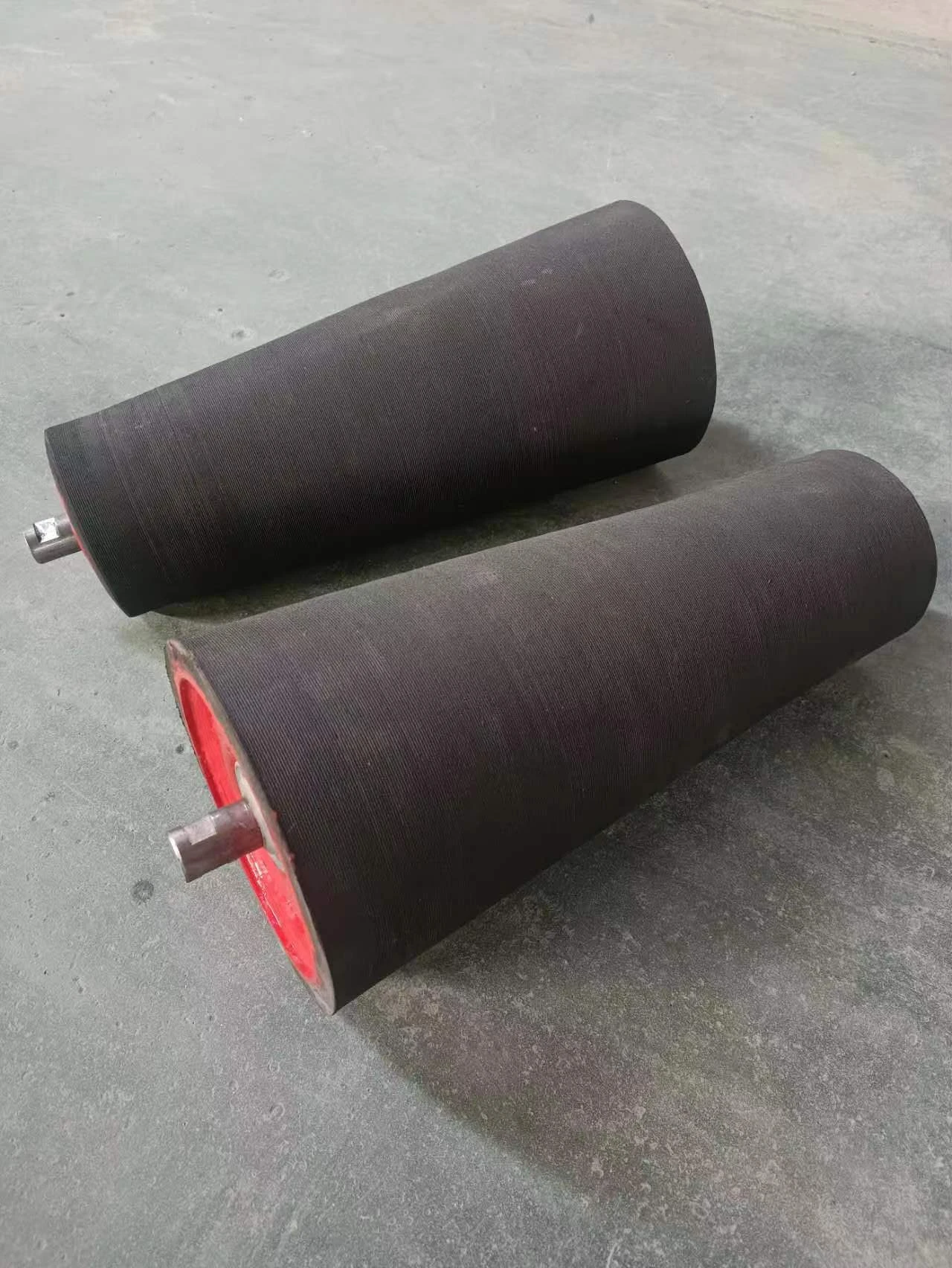 Afrikaans
Afrikaans  Albanian
Albanian  Amharic
Amharic  Arabic
Arabic  Armenian
Armenian  Azerbaijani
Azerbaijani  Basque
Basque  Belarusian
Belarusian  Bengali
Bengali  Bosnian
Bosnian  Bulgarian
Bulgarian  Catalan
Catalan  Cebuano
Cebuano  Corsican
Corsican  Croatian
Croatian  Czech
Czech  Danish
Danish  Dutch
Dutch  English
English  Esperanto
Esperanto  Estonian
Estonian  Finnish
Finnish  French
French  Frisian
Frisian  Galician
Galician  Georgian
Georgian  German
German  Greek
Greek  Gujarati
Gujarati  Haitian Creole
Haitian Creole  hausa
hausa  hawaiian
hawaiian  Hebrew
Hebrew  Hindi
Hindi  Miao
Miao  Hungarian
Hungarian  Icelandic
Icelandic  igbo
igbo  Indonesian
Indonesian  irish
irish  Italian
Italian  Japanese
Japanese  Javanese
Javanese  Kannada
Kannada  kazakh
kazakh  Khmer
Khmer  Rwandese
Rwandese  Korean
Korean  Kurdish
Kurdish  Kyrgyz
Kyrgyz  Lao
Lao  Latin
Latin  Latvian
Latvian  Lithuanian
Lithuanian  Luxembourgish
Luxembourgish  Macedonian
Macedonian  Malgashi
Malgashi  Malay
Malay  Malayalam
Malayalam  Maltese
Maltese  Maori
Maori  Marathi
Marathi  Mongolian
Mongolian  Myanmar
Myanmar  Nepali
Nepali  Norwegian
Norwegian  Norwegian
Norwegian  Occitan
Occitan  Pashto
Pashto  Persian
Persian  Polish
Polish  Portuguese
Portuguese  Punjabi
Punjabi  Romanian
Romanian  Russian
Russian  Samoan
Samoan  Scottish Gaelic
Scottish Gaelic  Serbian
Serbian  Sesotho
Sesotho  Shona
Shona  Sindhi
Sindhi  Sinhala
Sinhala  Slovak
Slovak  Slovenian
Slovenian  Somali
Somali  Spanish
Spanish  Sundanese
Sundanese  Swahili
Swahili  Swedish
Swedish  Tagalog
Tagalog  Tajik
Tajik  Tamil
Tamil  Tatar
Tatar  Telugu
Telugu  Thai
Thai  Turkish
Turkish  Turkmen
Turkmen  Ukrainian
Ukrainian  Urdu
Urdu  Uighur
Uighur  Uzbek
Uzbek  Vietnamese
Vietnamese  Welsh
Welsh  Bantu
Bantu  Yiddish
Yiddish  Yoruba
Yoruba  Zulu
Zulu Components and Functionality of Conveyor Belt Systems in Industrial Applications
Understanding Conveyor Belt System Parts
Conveyor belt systems are an integral part of various industries, enabling efficient and streamlined material handling. Whether it’s in manufacturing, packaging, or logistics, these systems facilitate the smooth movement of goods from one point to another. Understanding the main components of a conveyor belt system is essential for optimizing its performance and ensuring longevity. Below, we delve into the key parts that make up a conveyor belt system.
1. Conveyor Belt
The most visible and critical component of any conveyor system is obviously the conveyor belt itself. Made from various materials such as rubber, fabric, or metal, the belt is designed to transport materials of different sizes and weights. The choice of material depends on the type of goods being transported, environmental conditions, and the required durability and flexibility.
2. Drive Pulley
The drive pulley is the engine behind the motion of the conveyor belt. Located at one end of the conveyor system, it is powered by an electric motor. As the motor turns the drive pulley, it creates friction against the belt, causing it to move. Proper alignment and maintenance of the drive pulley are crucial for the smooth operation of the conveyor.
3. Idler Pulley
Opposite the drive pulley, the idler pulley serves to support the belt along its length. It helps in maintaining tension and alignment, ensuring the belt does not sag or drift. Idler pulleys generally do not have any power source attached and rely on the belt's motion to turn. A system of idlers can help distribute the weight of the materials being transported, reducing wear and tear on the belt.
conveyor belt system parts

Rollers are crucial components that guide the conveyor belt and facilitate its movement over the pulleys. They help in minimizing friction, which can lead to energy efficiency and prolong the life of the conveyor system. Bearings play a critical role in reducing friction within the roller assembly, allowing for smoother operation. Regular maintenance of rollers and bearings is vital to prevent breakdowns and ensure operational efficiency.
5. Frame Structure
The frame provides the framework that supports the entire conveyor system. It can be made from various materials, including steel or aluminum, depending on the weight and type of materials being transported. A robust frame design ensures stability and strength, allowing for the safe transportation of heavy loads without compromising the structural integrity of the system.
6. Take-Up Assembly
The take-up assembly is responsible for maintaining proper tension on the conveyor belt. It consists of a device that allows for adjustment, ensuring that the belt remains taut during operation. Proper tension is essential to prevent slippage and extend the lifespan of both the belt and the system.
7. Control System
Modern conveyor belt systems often feature sophisticated control systems that provide operators with the ability to monitor and control various aspects of the conveyor operation. This may include start/stop functions, speed control, and safety mechanisms. Automated control systems further enhance efficiency and safety, reducing human error.
Conclusion
Understanding the components of a conveyor belt system is crucial for anyone involved in industries that rely on material handling and transportation. Each part plays a vital role in ensuring the system functions effectively and efficiently. Proper maintenance and regular inspections of these components are essential for maximizing performance, preventing costly downtime, and ensuring safety in the workplace. By investing in quality components and adhering to maintenance schedules, businesses can enhance productivity and streamline their operations, making conveyor belt systems an invaluable asset in the manufacturing and logistics sectors.
-
Revolutionizing Conveyor Reliability with Advanced Rubber Lagging PulleysNewsJul.22,2025
-
Powering Precision and Durability with Expert Manufacturers of Conveyor ComponentsNewsJul.22,2025
-
Optimizing Conveyor Systems with Advanced Conveyor AccessoriesNewsJul.22,2025
-
Maximize Conveyor Efficiency with Quality Conveyor Idler PulleysNewsJul.22,2025
-
Future-Proof Your Conveyor System with High-Performance Polyurethane RollerNewsJul.22,2025
-
Driving Efficiency Forward with Quality Idlers and RollersNewsJul.22,2025





























